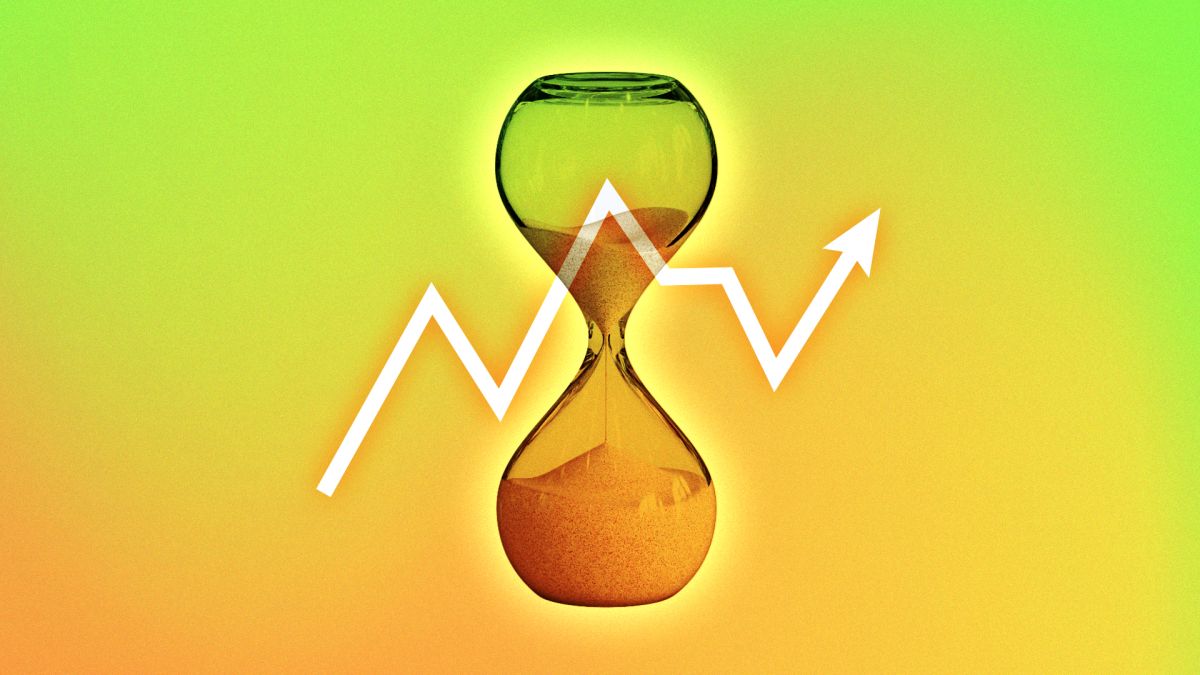Bitwise CIO Matt Hougan says crypto flash crash was a blip, not a structural shift

Bitwise Chief Investment Officer Matt Hougan said the recent crypto market flash crash — triggered by President Trump's surprise trade threat against China — was a blip rather than a big deal, citing no lasting damage to crypto's core fundamentals or outlook.
The turmoil began late Friday after Trump posted on Truth Social that he would impose 100% tariffs on all Chinese imports, responding to China's threat to cut off exports of rare earth metals, which are critical to U.S. technology manufacturing.
Traders reacted in the only market still open: crypto. Bitcoin's price tumbled as leveraged positions unwound in a cascade of liquidations totaling at least $20 billion — the largest known in crypto history, with not all exchange liquidation data publicly released.
At its worst, Bitcoin fell 15% toward $100,000 on some exchanges, while Ethereum dropped over 20% and Solana plunged 40%. However, by Monday morning, Bitcoin recovered to around $115,000 after Trump seemingly attempted to de-escalate tensions, back near the level it was when the president first posted.
Impact on crypto's trajectory
In a note to clients late Tuesday, Hougan said crypto had rebounded quickly because "nothing fundamental to its outlook — things like its underlying technology, its security, or the regulatory environment — changed."
However, he did acknowledge there are circumstances in which a move like Friday's would have had an impact on the long-term trajectory for crypto, outlining three key questions that this latest episode prompted: whether any major player collapsed, how the technology held up, and how investors reacted.
On the first count, he noted that after speaking with Bitwise's partners — ranging from custodians to liquidity providers — losses appeared contained to individual traders rather than large institutions or service providers. "Firms experienced losses, but it looks like they'll all survive," he wrote, adding that this resilience is one of the reasons that helped the market recover quickly.
On the technology front, Hougan said that blockchains themselves performed well under the stress. While not perfect, "crypto got a passing grade," he wrote, highlighting that decentralized platforms like Uniswap, Hyperliquid, and Aave ran smoothly. In contrast, some centralized venues had issues — Binance, for example, had to refund users $283 million after depegging incidents on the platform, later launching another $400 million "recovery" initiative. However, overall, he argued that crypto systems handled the volatility as well as or better than traditional markets might have.
The third signal came from Hougan's inbox. "If I'm bombarded by emails, calls, or texts from investors, I know there's real panic in the market, and it might take some time to cool down," he wrote. "In this case, it was crickets." Media inquiries spiked, but professional investors were largely unfazed, suggesting the sell-off did not shake long-term confidence, he added.
Hougan concluded that the flash crash "won't be of any lasting consequence" and the long-term drivers of crypto's growth — regulatory progress, institutional adoption, and continued disruption of traditional markets — remain intact.
"Crypto may be a little jittery in the near term. Market makers and liquidity providers typically pull back from the market for a few days following big volatility events, and the lack of liquidity can lead to exaggerated moves either up or down," Hougan said. "But over time, I expect the market will catch its breath and renew its attention on crypto's fundamentals. When that happens, I think the bull market will continue apace."